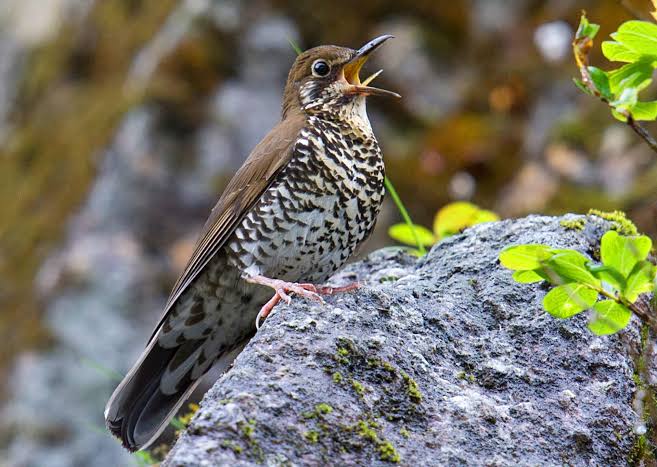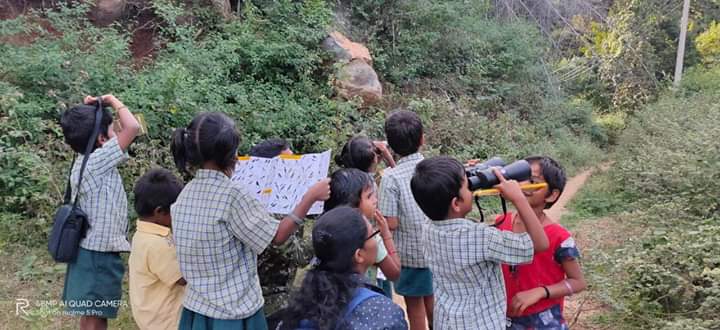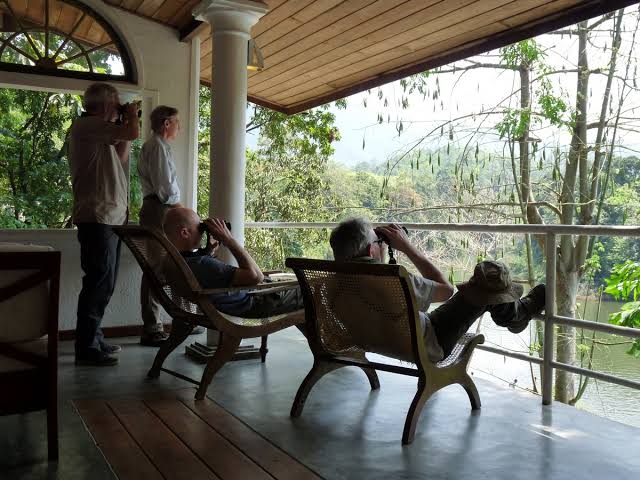
COVID-19: Birders ‘challenge’ lockdown to study about bird calls

While most people pass their time by reading books and watching TV or movies during this lockdown, birders who usually go to forests for birdwatching are now feeling caged.
But not to worry, they are now using the lockdown to challenge themselves to ‘hear the bird’, since they are unable to ‘see the bird’.
Usually, due to transportation activities, noise pollution will be high, but this will be low during lockdown, so it is the best time to study bird calls.
Bird Count India, an organisation working towards bird conservation, has started the ‘Lockdown Birding Challenge’ from March 27.
Also read | Demand for parrots as pets on the rise, species in peril
Birders are to watch birds from their balconies or backyards. They need to spend 15 minutes in between 4–6 am or 6–9 am or 4–7 pm or 7–10 pm. They need to follow a ‘stationary protocol’, meaning they should take birdwatching everyday from the same spot. The study will continue till the 21-day curfew ends.
“Bird activities will be high in the particular time slots. So we encourage birders to birdwatch at those times,” says P Jeganathan, noted ornithologist and coordinator of Bird Count India, adding that the pre-dawn and late night timings are to observe nocturnal birds.

More importantly, birders are going to study about bird calls, he says.
“Each and every bird has a distinctive call. By this, we can know what kinds of bird species are living in our surroundings. We can also realise whether we are hearing many new bird calls hitherto we are unnoticed,” Jeganathan says.
For this, birders or others who wish to join do not need any expensive devices. Just a smartphone would do. The recordings can be uploaded on ebird.org/India.
The study of bird calls help in classifying a newly discovered bird species taxonomically.
Also read | Why do humans want animals to be like them?
In 2016, when a new kind of Thrush was discovered in north-eastern India, ornithologists were confused how to categorise the bird, since the physiology of the bird has many similarities with two other Thrush species which were found in other parts of the country.
The bird named Himalayan forest thrush (Zoothera salimalii) looks similar to Plain-backed thrush (Zoothera mollisima) and its subspecies Long-tailed thrush (Zoothera dixoni). Finally, the ornithologists studied their calls using sonogram and came to a conclusion that Himalayan forest thrush is distinctively new species.
Later, the Plain-backed thrush was renamed as Alpine thrush while retaining its scientific name.

Divya Priya, a researcher at Salim Ali Centre for Ornithology and Natural History (SACON), who studies bird calls said that in a region where the noise pollution is low, the bird population will be good.
“We did a study based on the calls of Asian Koel in Anaikatti, a hilly spot near Coimbatore, and in the city. When we analysed the calls, we came to know that the same species in the city has adapted to the noise pollution and its frequency and loudness is higher. The ambient noise in the city ‘masks’ the call of the bird, so it needs to increase its frequency and loudness, to be heard,” she said.
Jeganathan agrees, saying in forests where a road passes by, the birds cannot be found nesting within the first hundred metres due to noise.
“This citizen science project will help the ornithologists and researchers all over the world. The studies about relationship between bird calls and noise pollution are lacking in India. Hope these kinds of activities will kindle an interest among youngsters to tread on that path,” Jeganathan says.

